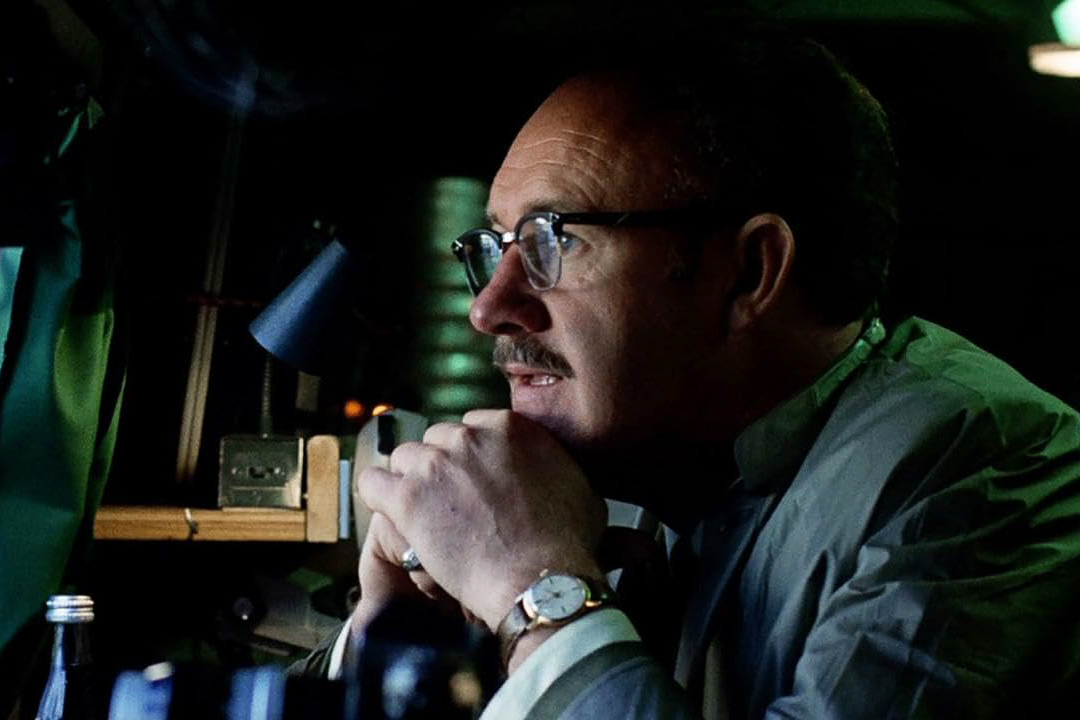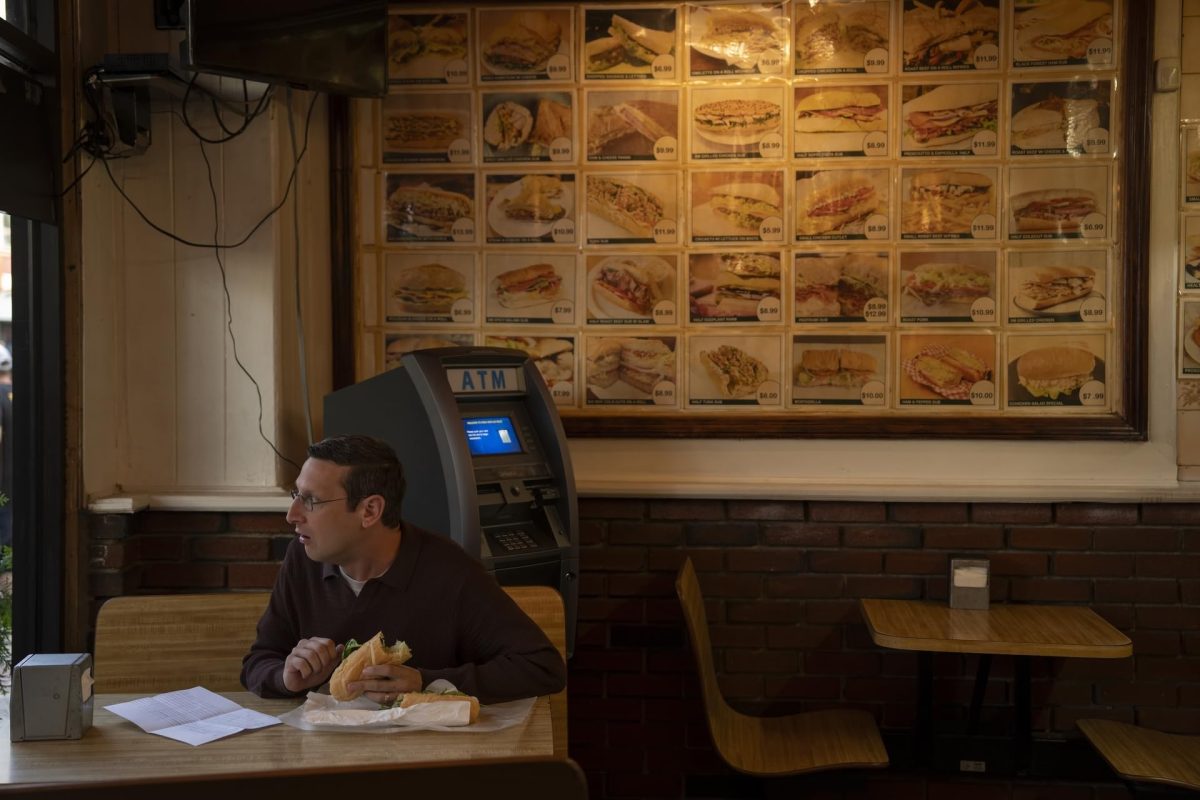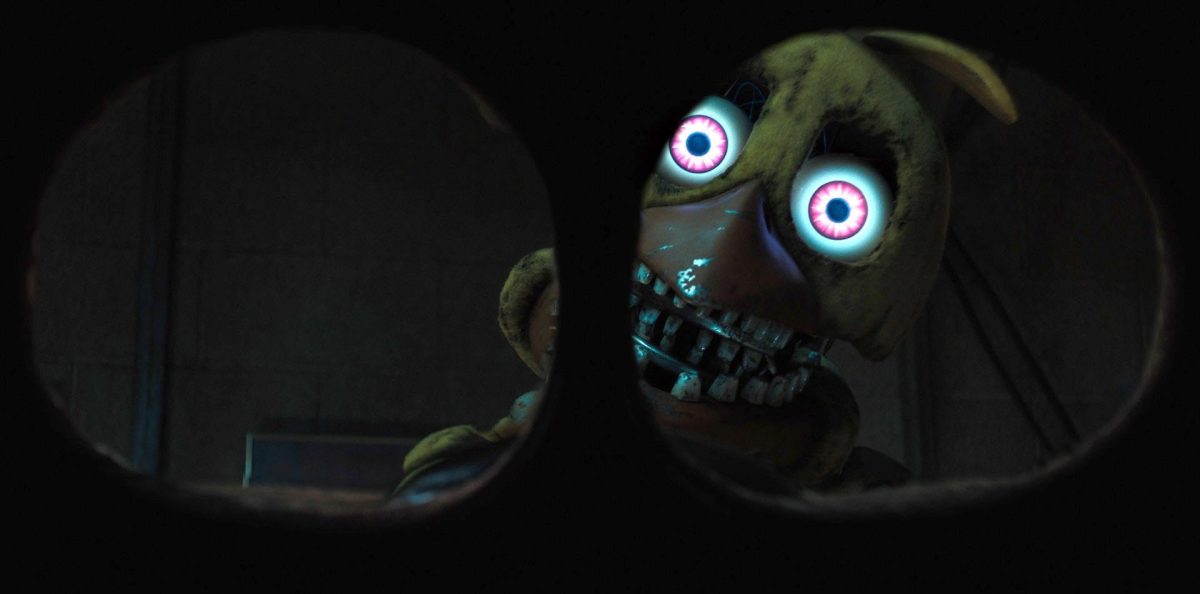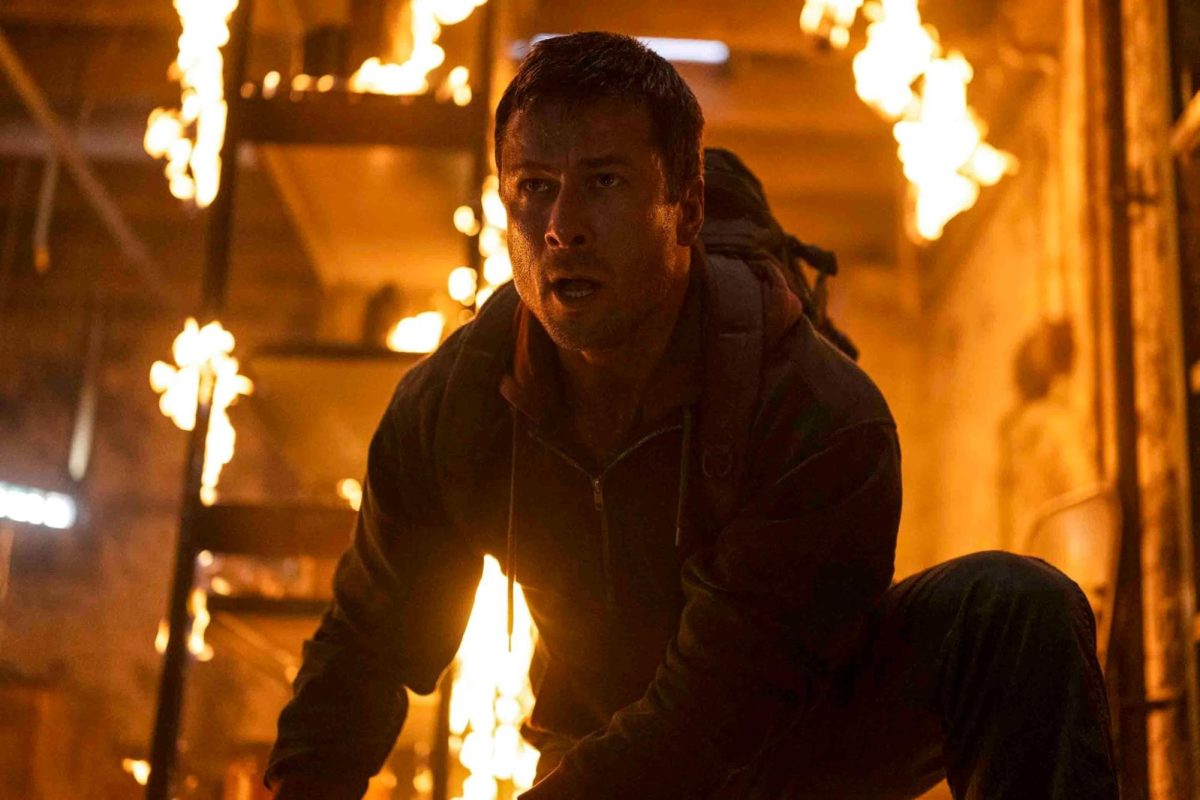Francis Ford Coppola’s “The Conversation” turns 50 this April. A thrilling exploration of paranoia, regret and the inscrutability of new technology, the film remains even more poignant today.
The film follows Harry Caul (Gene Hackman), a surveillance expert who is hired to record a conversation between two people walking through Union Square.
When he finds suspicious content in the recorded conversation implying that someone is out to kill the couple, Caul becomes incredibly paranoid. He believes if he returns the tapes to whoever hired him, he would be facilitating the couple’s death.
As the film goes on, Caul becomes increasingly anxious and guilt-ridden, leading to a harrowing finale as the truth behind the tapes is revealed in a stunning fashion.
Amongst Coppola’s highly prolific oeuvre, “The Conversation” stands out. Though the film was released in 1974, the same year as Coppola’s own “The Godfather Part II,” “The Conversation” remains a touching stone due to its absorbing fatalist atmosphere and intoxicating suspense.
Get The Daily Illini in your inbox!
From the first scene, we get a sense that Coppola is going for the small details. Starting from an overlooking shot of the square, we see a congregation of people, feeding in and out, and as the camera slowly zooms in, the congregation morphs.
The camera then shifts down into an emptier street as we follow the actions of a mime until finally settling into an image overlooking just Harry as he walks down the avenue.
Elegant in its remarkable simplicity, Coppola immediately illustrates a distinction between Harry and the world around him. In juxtaposing a vibrant physical scene with isolated audio, we learn how Caul sees audio as truth, and people as obstructions to that truth.
The camera then weaves between crowds and the scene at Union Square. Coppola bounces between random city-goers, musicians and even Caul before landing on the couple. We hear some of the couple’s conversation with parts of it interrupted when the audio itself is obstructed.
In melding the imagery on screen with the audio that Caul’s team is trying to record, we get a sheer sense of both the scale of the wire-tapping operation and the inherent dichotomy between the recorded word and the physical word. Though they occupy the same space to us, a facsimile of either is inherently more subjective.
The intro scene was shot by Haskell Wexler, who was eventually fired due to creative differences and replaced with Bill Butler who is credited with the film. Nevertheless, the film’s cinematography perfectly conveys its mood.
Caul often feels enveloped by each location he’s in. With each shot, Coppola makes it feel as if something truly evil lives right out of frame — out of both our and Caul’s sight. Staging the movie around the use of wiretapping, bugging and the covert recording of audio underscores how the increased proliferation of technology results in the loss of anonymity and privacy.
With technology comes those who exploit it. In “The Conversation,” Coppola portrays the men who hired Caul as these unknowable people. These men are headed by a director whose intent is unknown and has seemingly infinite means.
That inherent inscrutability makes the tension within “The Conversation” so palpable. Alongside Caul, we do not know the true intent behind the audio tape, and like him, we wonder just what it is going to be used for. As we learn more about Caul and his history, we only dig deeper and deeper with him in the obsessive mystery of it. The film suggests that the only way to definitively know the truth from subjective technology is to witness it.
The film’s tone is greatly strengthened by David Shire’s incredible score. Solely through the use of piano, the music evokes something so fatalist and labyrinthian. The stark use of the piano key into something beautiful and terrifying adds so much texture to the film and is just as engrossing when listened to on its own.
The score only increases the paranoia, guiding Caul along on his inquisitions while tormenting him on sleepless nights. The world of “The Conversation” is one of anxiety, regret and loneliness. To that end, all elements of the film come together perfectly to convey a truly atmospheric and engrossing setting.
Looking back at the film 50 years later, it is remarkable just how relevant it feels today. Most notably, the way the film portrays the ambiguity and terror of not knowing when you are being taped, or how the subjectivity of recorded words is amplified when considering our highly digital age.
With the rise of digital technologies came a loss in the sense of individual privacy. Even at a surface level, with how prolific smartphones are, it feels as if every moment of your life could be documented or recorded and you may never know.
What exists in this technological landscape becomes increasingly unknowable. With organizations that seek to profit off of data and fit human patterns into sellable algorithms, it is hard to know how much of your digital footprint can be exploited.
Moreover, looking at “The Conversation” through the lens of modern technology, the central mystery becomes abstract and hard to rationalize. The central anxiety within “The Conversation” has only amplified for contemporary audiences.
The film’s final sequence where Caul tears down the walls of his apartment searching for a planted bug summarizes Coppola’s intent. The shot of Caul playing the saxophone as splinters of wood and fractured walls surround him is as perfect as image-making comes in film.
Even after the mystery is solved, one can never be free of the paranoia. It is constant and will forever be a constant. “The Conversation” asks: How does one live within it?






